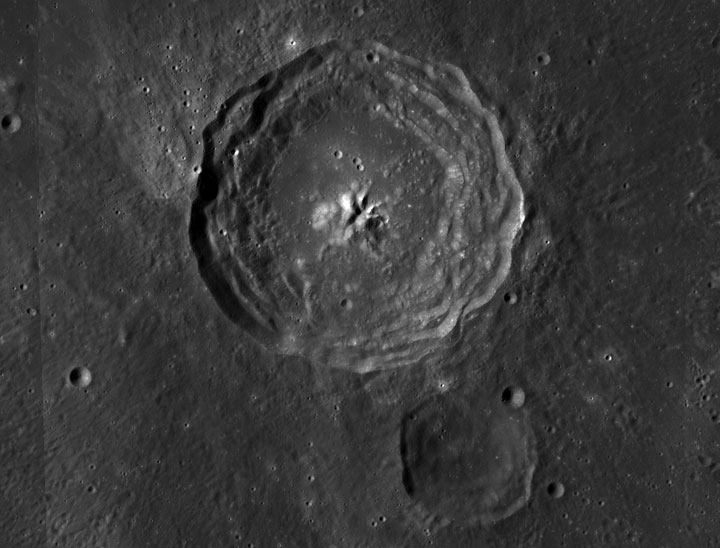TORONTO – Lunar scientists have found evidence of water trapped within mineral grains on the moon’s surface, but where it comes from isn’t completely understood.

Scientists used data that was collected from NASA’s Moon Minerology Mapper (M3) which is aboard the Indian Space Research Organization’s Chandrayaan-1 spacecraft.
It is believed that the water originates from within the moon’s interior.
During the Apollo missions to the moon, rocks were returned to Earth that showed similar findings. The Candrayaan-1’s findings mark the first time this form of water was detected from lunar orbit.
The findings originated in the lunar impact crater Bullialdus. Impact craters occur when a body in space – a meteoroid or asteroid – slams into another. It brings up material that is below the surface.
Bullialdus, which lies near the moon’s equator, was chosen by scientists due to the location and type of rocks it held. The crater’s peak is comprised of rock that comes from deep within the moon’s crust.
“This rock, which normally resides deep beneath the surface, was excavated from the lunar depths by the impact that formed Bullialdus crater,” said Rachel Klima, a planetary geologist at the Johns Hopkins University Applied Physics Laboratory (APL) in Laurel, Md.
“Compared to its surroundings, we found that the central portion of this crater contains a significant amount of hydroxyl – a molecule consisting of one oxygen atom and one hydrogen atom – which is evidence that the rocks in this crater contain water that originated beneath the lunar surface,” Klima said.
Scientists hope to understand the composition of the moon’s interior as well as how the moon formed.



Comments